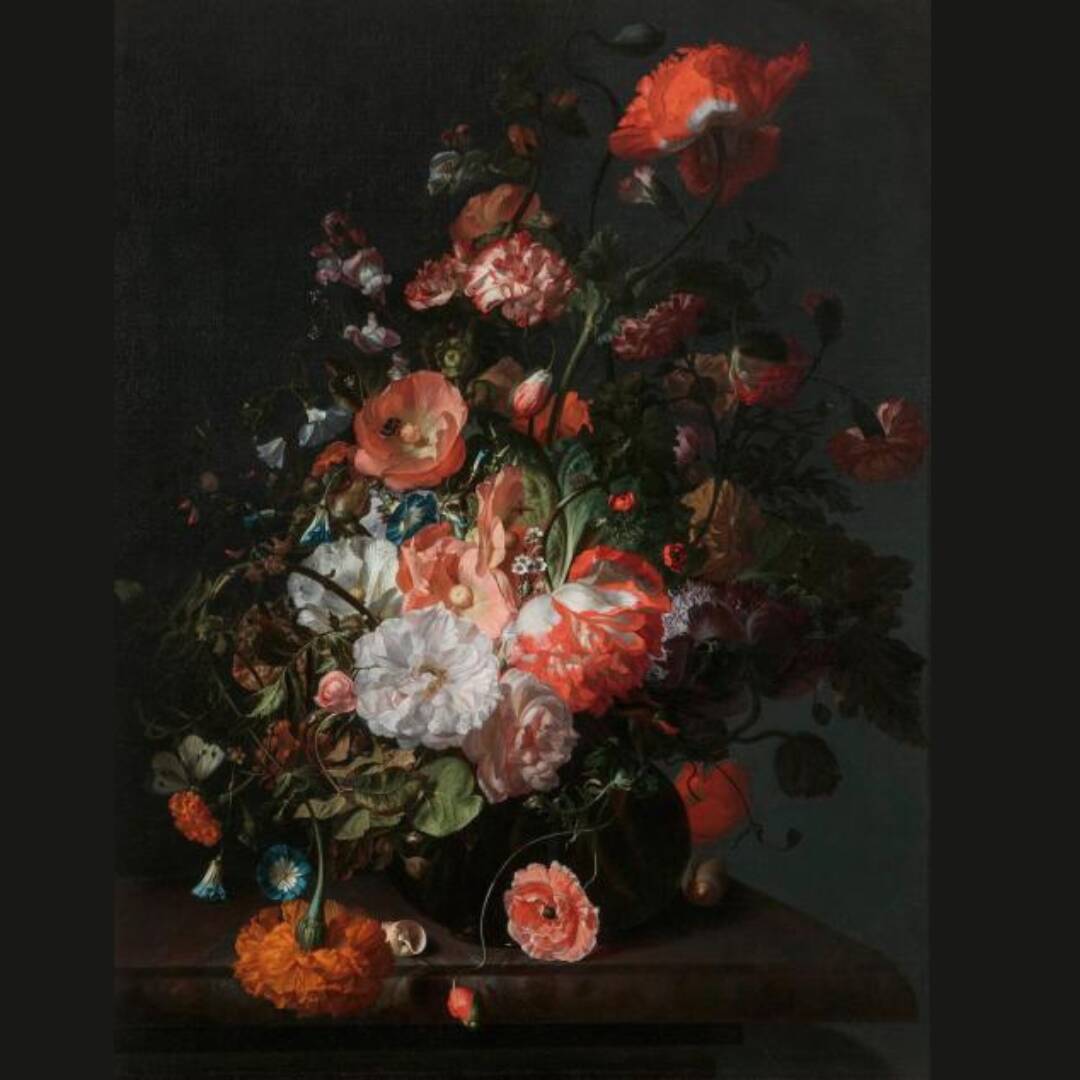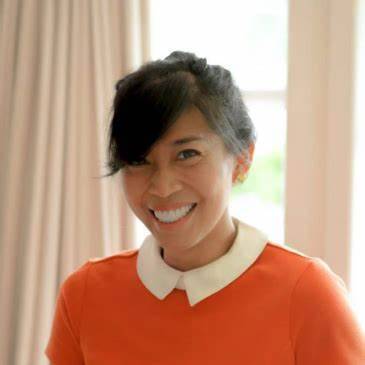— 10.30–11.30am

event Details
We are very sorry to postpone our upcoming art history lecture series Women & Art, due to unforeseen circumstances.This lecture series will now start on 16 October and run for six consecutive weeks.
Where are the women in art history? Under what circumstances did women make art? What did they make? How was it received? How do we study art in a discipline that has largely dismissed women?
This six-week lecture series will attempt to answer these questions as we consider the work of women artists from the Renaissance to artists practising today. Participants will gain a deeper understanding of how art has been created, interpreted and re-interpreted through the shifting sands of gender identity, gender roles, restrictions and expectations.
Participants will be empowered to build confidence in critical visual analysis skills – observing, describing, and interpreting a wide range of artworks.
Price is for all six lectures. Please select any session for the 6-week series.
Lecture Programme
Week 1: Introduction and Case Study of Artemisia Gentileschi
This class will explore some overarching questions that will frame our discussions for the lecture series. What are/were the circumstances in which women could or could not produce art in Western European art history? In what ways is gender a social construct, and what implications does this have on making and looking at art? We will examine the work of Artemisia Gentileschi in the context of her 17th-century professional and social environment as a case study.
Week 2: The Dutch Golden Age: A Woman’s World
This class will explore how the economic and social circumstances of the Dutch Republic created greater opportunities for women as artists. We will examine work by flower painter Rachel Ruysch, genre painter and portraitist Judith Leyster, and printmaker Geertruid Roghman. We will also look at how women were portrayed in genre paintings and portraits to gain a broader understanding of these artists’ professional and social contexts.
Week 3: Impressionist Women: Mary Cassatt and Berthe Morisot
This class will investigate the work of Mary Cassatt and Berthe Morisot. These women were vanguards of the Impressionist movement, experimenting with avant-garde painting techniques, subject matter and Japanese printmaking. Work by Edgar Degas and Pierre-Auguste Renoir will also be considered as comparative examples.
Week 4: Modern Women: Sonia Delaunay and Hilma af Klint
Art was being pushed towards complete abstraction in the early 20th century, as artists explored ways of representing the invisible. In this class we will look at Hilma af Klint’s spiritualism and Sonia Delaunay’s prismatic patterns inspired by electricity, as well as her textile designs and collaborations with Dadaist and Surrealist artists.
Week 5: The Female Body
The female body has a long tradition of being objectified in Western European art. How have women artists participated in a largely patriarchal gaze? This class will consider the bold independence of Suzanne Valadon, the physical introspection of Frida Kahlo and the gender-bending identity politics of Claude Cahun.
Week 6: The 1960s to Contemporary
This class will sample a few key works from this period to explore the diverse ways that feminism can be used as a lens through which to interrogate art, and as a framework for making art. Our discussions will include Yoko Ono’s performance Cut Piece, 1964, Cindy Sherman’s Untitled Film Still series, 1977–80 and Mickalene Thomas’s appropriation of canonic nude paintings of women.

About the lecturer
Linda Yang (BFA/BA Hons, MA) is an art historian and educator. She has taught a range of art history and photography classes to secondary and tertiary students as well as adults at the University of Auckland Waipapa Taumata Rau, New Zealand School of Education, Browne School of Art and Auckland Art Gallery Toi o Tāmiki, amongst others. Linda was a long-time assistant of Marti Friedlander (1928–2016), one of New Zealand’s most famous and celebrated photographers. She is the archivist for the Marti Friedlander Archive, which is held by the Gallery’s E H McCormick Research Library.
Over the course of her teaching career and independent research, Linda has covered topics that span from Ancient Egypt and Antiquity to Contemporary art, with topics such as the Italian Renaissance, Dutch Golden Age, Orientalism, Impressionism, Post-Impressionism, Abstract Expressionism, and post-modern photography.
Linda prides herself in creating a safe environment where ideas can be exchanged and explored freely in discussion.
Image credits: Rachel Ruysch, Floral Still Life, circa 1726 (detail). Toledo Museum of Art, purchased with funds from the Libbey Endowment, Gift of Edward Drummond Libbey | Linda Yang
- Date
- —
NEW DATES: Wednesdays 16, 23, 30 October and 6, 13, 20 November
- Location
- Auditorium, Lower Ground
- Cost
- Members: $130.00 (+ fees) (total for x6 lectures)